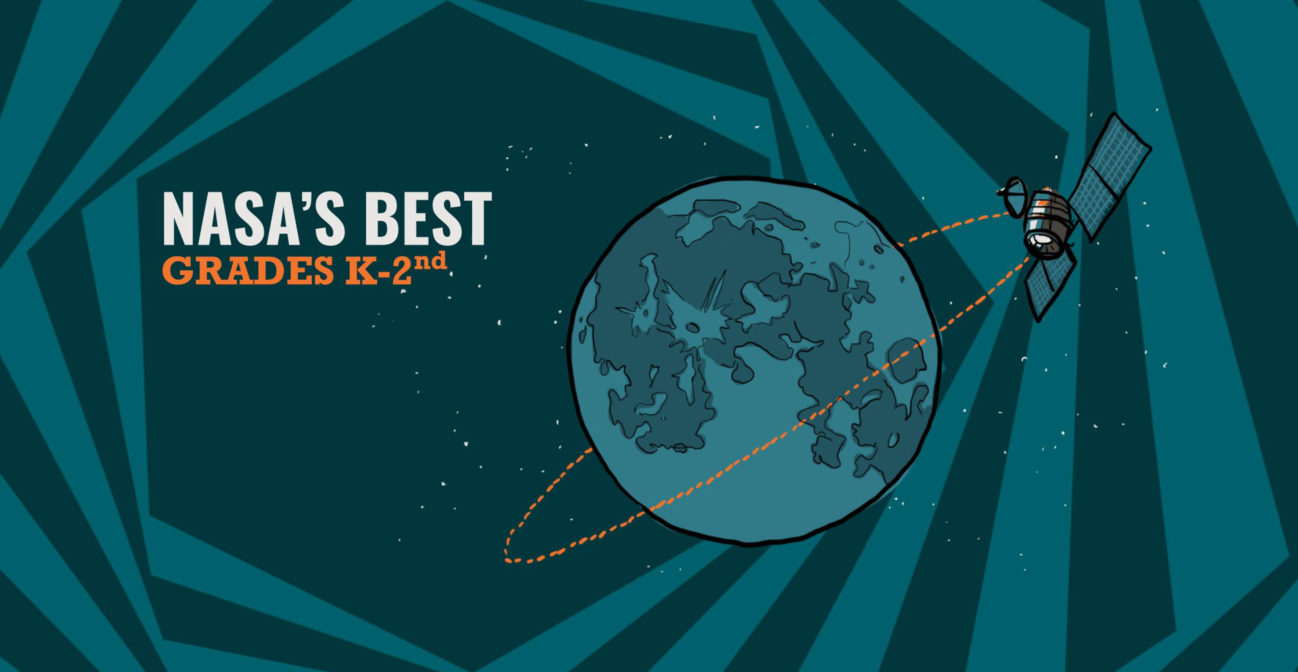Join us for conversations that inspire, recognize, and encourage innovation and best practices in the education profession.
Available on Apple Podcasts, Spotify, Google Podcasts, and more.

K-2 Learners will be guided through a series of challenges that follow the engineering design cycle. Join NASA on an adventure through solving an engineering challenge to design and build a satellite to orbit the moon using simple materials.
OBJECTIVE
To demonstrate an understanding of the Engineering Design Process while utilizing each stage to successfully complete a team challenge.
PROCESS SKILLS
Measuring, designing, evaluating
MATERIALS
STUDENT PAGES
Engage the students in a discussion with the following questions:
Ask teams to bring back their satellite model for use at the next session. You may want to store them in the classroom or have one of the club facilitators be responsible for their safe return.